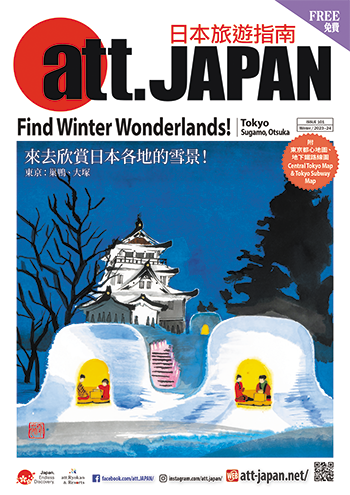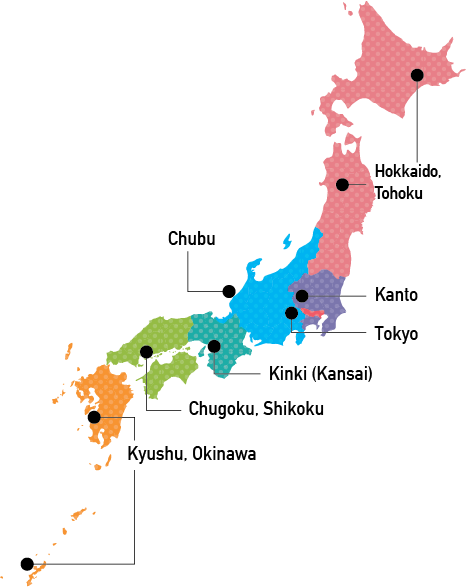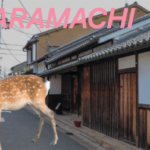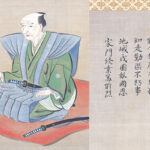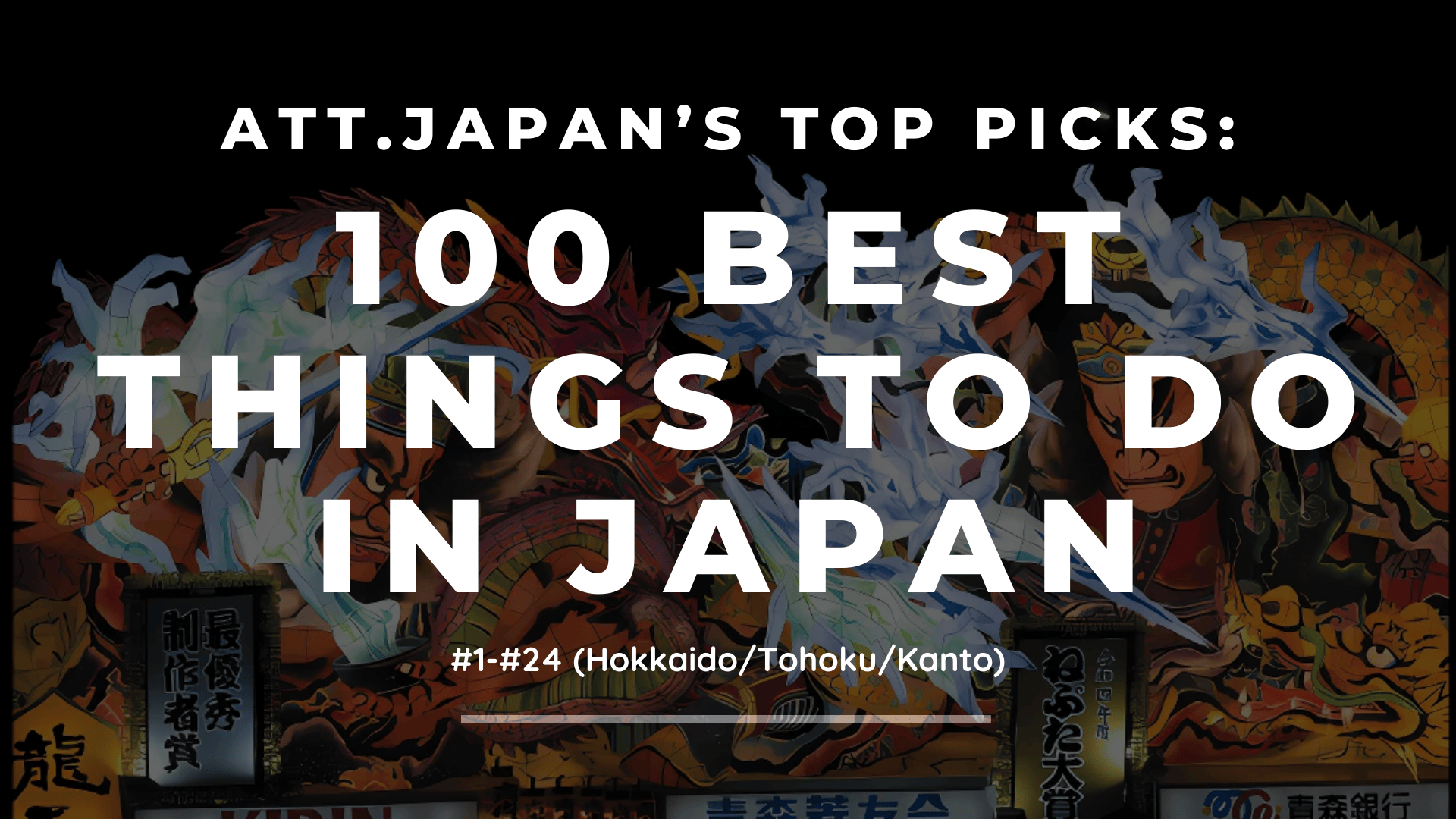
ATT.JAPAN × JapanUp! magazine
The multilingual free magazine att.JAPAN launched in the year 2001 and with this edition, proudly marks its 100th issue. Over the past 23 years, through firsthand reporting, we have brought the best of Japan to the world, from classic sightseeing spots to little known hidden gems, from food culture to festivals and performing arts.
att.JAPAN’s editors know every corner of this country, and here have selected 100 experiences we hope every traveler to Japan can try. Have faith in these recommendations as everything here was directly experienced by members of our team at att.JAPAN. You’re sure to uncover a new side to this island nation, and open the door to unforgettable experiences.
Whether you’re a first-time traveler wondering where to start, or a seasoned, well-traveled fan of the country, read on to find the perfect something for you!
Find out what our writers found most moving, and one piece of personal advice learned from our experience!
Hokkaido and Tohoku Area

Take a ride on the Norokko Train to feel the grand wilderness of Kushiro Marsh
In Kushiro Marsh, the biggest marsh in Japan, you can take a ride on the “Kushiro Shitsugen Norokko” train, which is in service from April to October, to travel to Toro while enjoying scenery of the Kushiro River. From Toro, you can join a canoe tour to feel the grand wilderness of the area on the slow-flowing Kushiro River.
During your trip, you may be able to come across Japanese cranes, white-tailed sea eagles, Yezo deer, and Ezo red foxes.
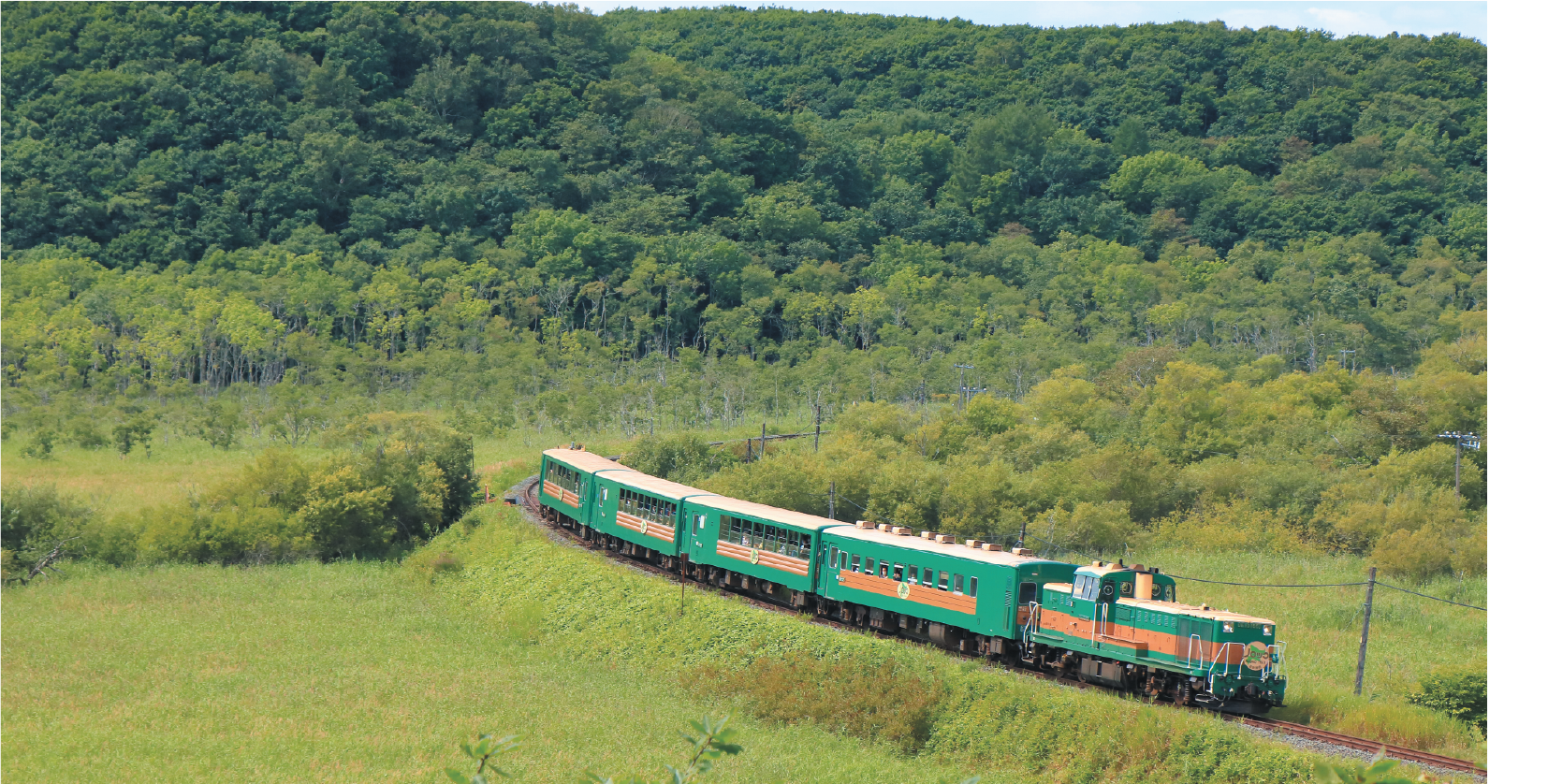

Feel the culture of the Ainu at Upopoy
“Upopoy National Ainu Museum and Park” in Shiraoi Town, Hokkaido, is a facility which aims to promote a proper understanding and awareness of Ainu history and culture.
Surrounded by grand nature, you can learn about the culture of Ainu people and their symbiotic relationship with nature while experiencing traditional Ainu dance, entertainment, and food.
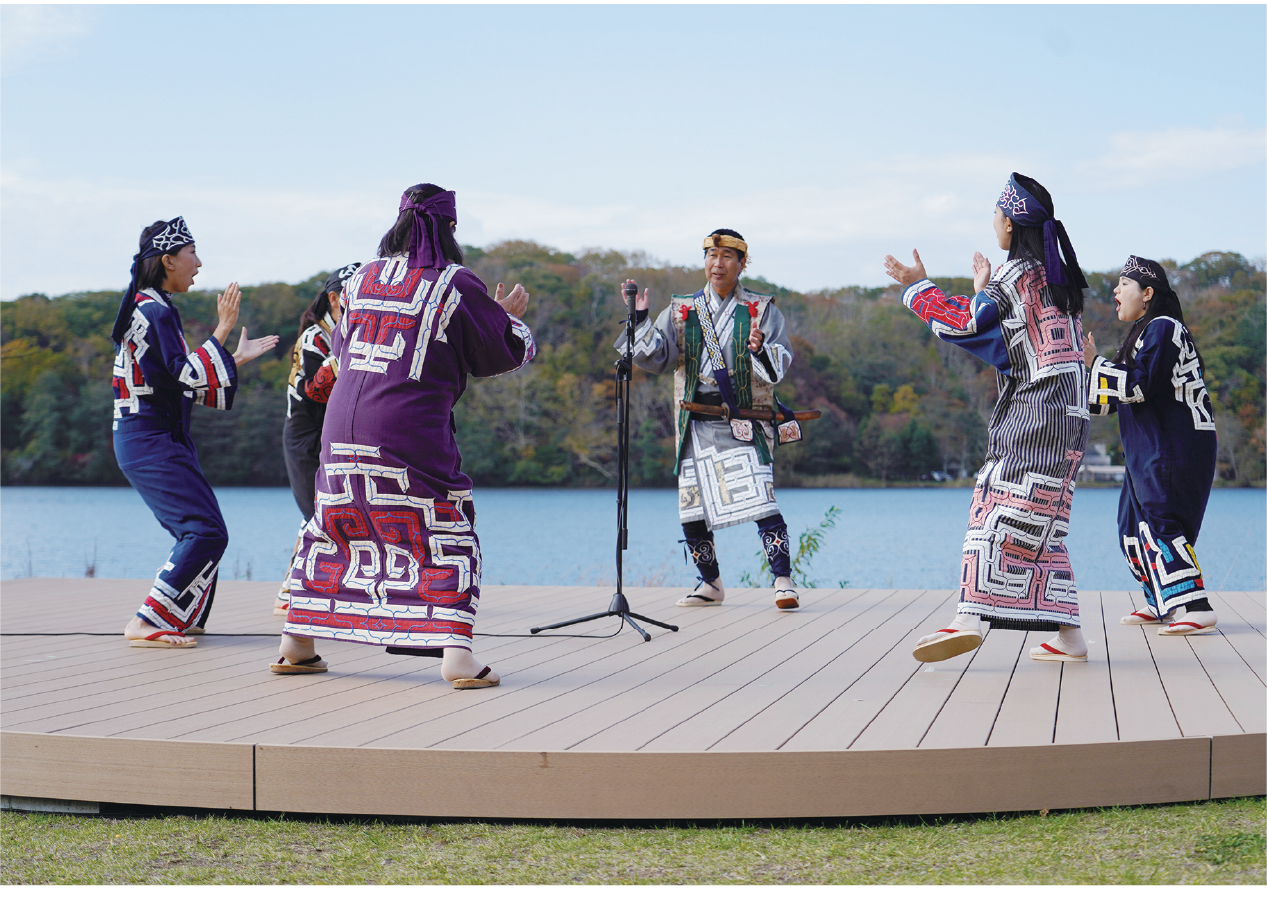

Try a footbath in a unique river with natural flowing hot spring water in Noboribetsu
Noboribetsu Onsen, one of the major onsen areas in Hokkaido, has the Oyunuma River, which flows with natural hot spring water! Along the river, there is a footbath that is open to everyone, where you can feel the power of nature for free. After seeing Jigokudani (literally means “hell valley”), where the natural hot spring water is gushing out, you can enjoy footbathing in the river.
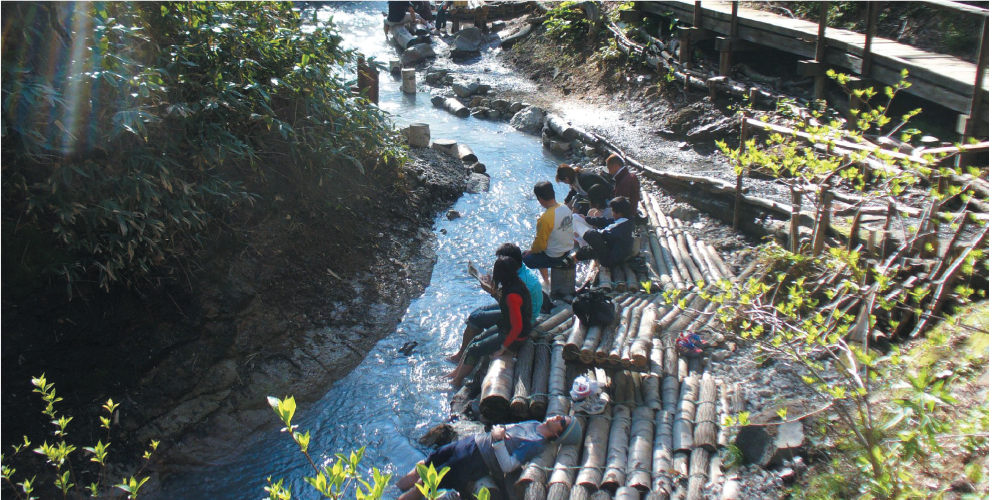

Spend a night enjoying a parfait and alcohol in Sapporo
In Sapporo, it is common to eat a refreshing parfait after drinking at night. Ice cream made with high-quality milk – Hokkaido is famously a big dairy region – is served with pieces of fruit shining like jewelry!
Many parfait shops are open until late at night, so you might find yourself “parfait shop hopping” in quest of delicious and beautiful parfaits.


Watch how lively the animals are at Asahiyama Zoo
Asahiyama Zoo is famous for its “behavioral exhibition,” in which people can observe how the animals live and spend time in their natural habitats.
Among others, highly recommended is Penguin-kan! At the glass tunnel, you can see penguins close-up swimming as if they are flying, which was so amazing that I was just speechless.


Enjoy hiking along the Oirase Stream
Awarded two stars in the Michelin Green Guide, the Oirase Stream runs through the mountains for about 14 km, with one great view after another, such as waterfalls and strange-shaped rocks!
In the pristine forest, you can relax and enjoy hiking comfortably along the banks of the stream, where it is cool even in summer. One of the great points of this hiking is the well-maintained walking trails.


Join the Nebuta Matsuri festival in Aomori
While this festival is famous for the powerful appearance of large nebuta lantern floats, the sound is also a big significant point of the festival. In the evening as the sun begins to set, the sound of drums thunders out and the nebuta lantern floats are lit up at once, giving you goose bumps with expectation and excitement. In order to fully enjoy the festival, it is recommended to join as a haneto dancer.
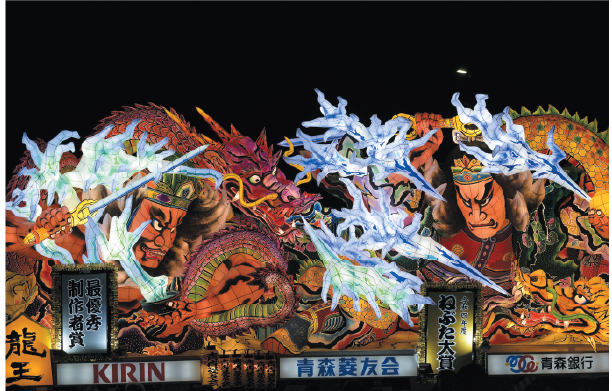

Feel the long history at Chusonji Temple
Founded in 850 in Hiraizumi, Iwate Prefecture, Chusonji Temple was established on a full scale at the beginning of the 12th century in the hope of peace in the war-torn era. Hiraizumi is a city reigned by the Northern Fujiwara, which successfully created peace and prosperity for nearly 100 years. On the grounds of Chusonji Temple, there remains the ancient Konjikido (Golden Hall), which is a symbol of the temple, conveying an image of what it looked like in its prime.
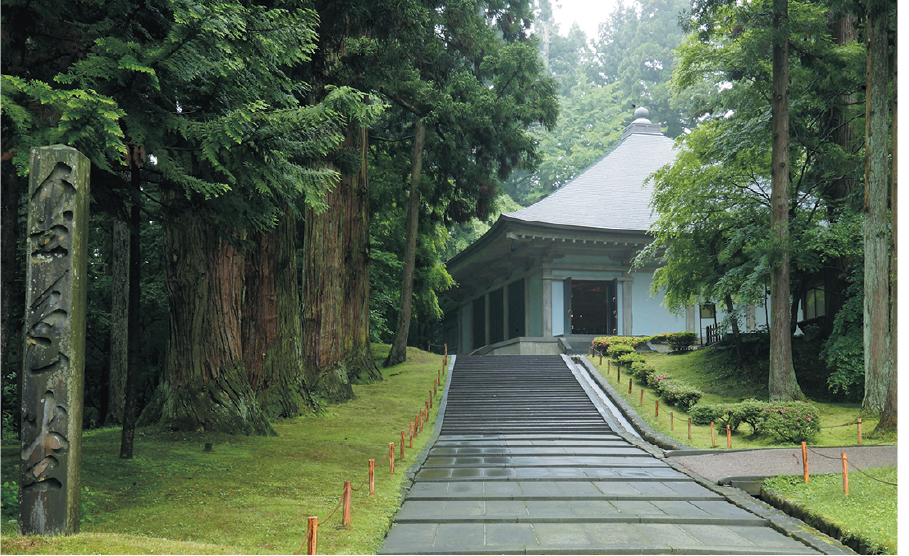
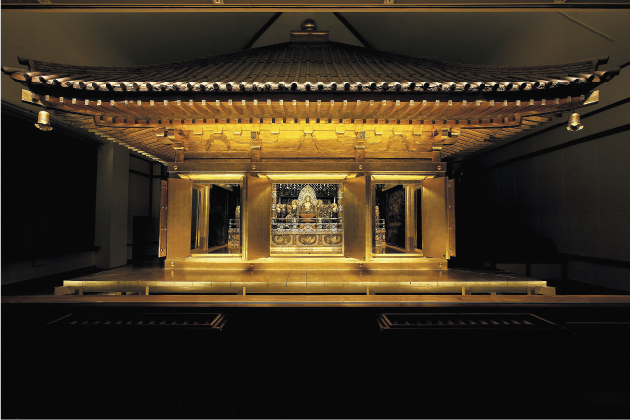

See the cherry tree at Koiwai Farm
Located at the base of Mount Iwate, this huge farm was established in 1891. In addition to playing with animals and enjoying delicious fresh milk and sweets, the cherry tree standing alone in the grazing ground is also one of the features of the farm. The cherry blossoms with Mount Iwate in the background are like a symbol of a warm and bright spring after the bitterly cold winter of the Tohoku region. The best time to see the cherry blossoms is from late April to early May.
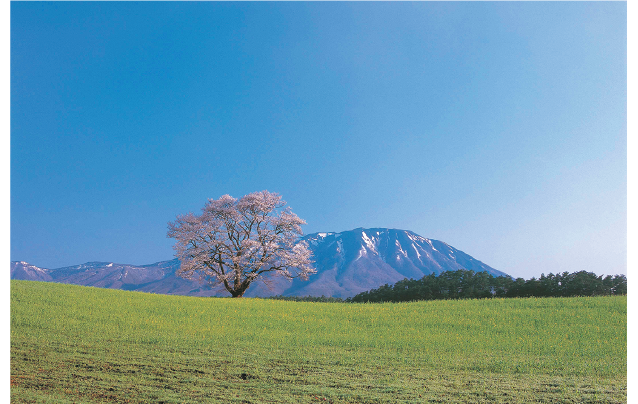
写真提供:小岩井農牧(株)

Enjoy the old samurai residences in Kakunodate
Founded in 1620 by lord Ashina Yoshikatsu, Kakunodate prospered as a castle town and still retains the old streetscapes from several hundreds years ago. The streetscapes, which makes you feel as if you were back in time, and the view of full-blown cherry blossoms create an indescribable quaint atmosphere.
It is highly recommended to visit the two weeping cherry trees in front of Kakunodate Kabazaiku Denshokan museum. The trees and the historic gate create a perfect harmony.
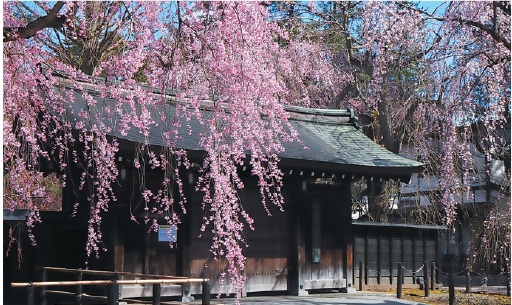

Visit the famous spot featured in “Oku no Hosomichi”
Risshakuji Temple in Yamagata Prefecture is famous as the temple which was visited by the famous haiku poet Matsuo Basho in “Oku no Hosomichi” (The Narrow Road to the Deep North) and where he created the famous poem about cicadas.* It is really hard to reach the top by climbing up 1,015 stone steps, but you can get a great view from Godaido Hall on top while feeling a refreshing breeze.
‘shizukesa ya iwa ni shimiiru semi no koe’ | ‘deep silence / the shrilling of cicadas / penetrates the rocks’
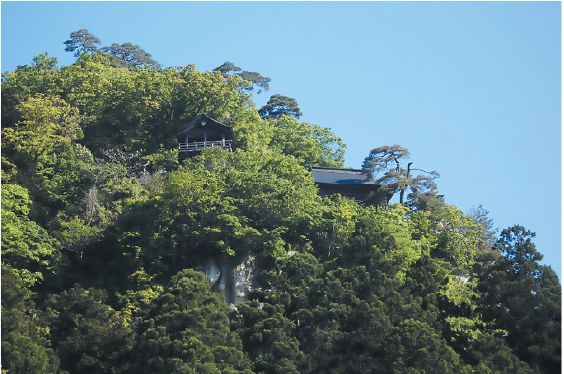

Enjoy a great view of a wonderful emerald-green lake at Okama crater in Zao
Awarded two stars in the Michelin Green Guide, the Oirase Stream runs through the mountains for about 14 km, with one great view after another, such as waterfalls and strange-shaped rocks!
In the pristine forest, you can relax and enjoy hiking comfortably along the banks of the stream, where it is cool even in summer. One of the great points of this hiking is the well-maintained walking trails.
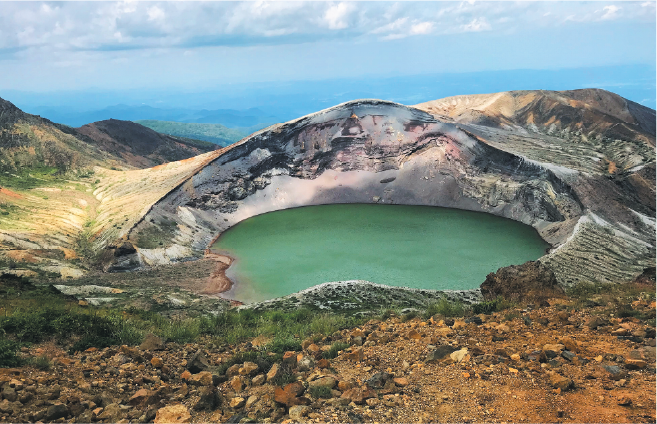

View autumn foliage in Matsushima, considered as one of the “Three Great Sights” of Japan
Matsushima is a scenic site, with Matsushima Bay facing the Pacific Ocean with more than 260 small islands. You can get a great view of beautiful nature each season, and the most recommended one is autumn foliage.
Among others, the garden of Entsuin Temple presents a gorgeous landscape with red, orange, and yellow leaves. It is also recommended to visit some of the islands on a sightseeing boat while feeling the ocean breeze.
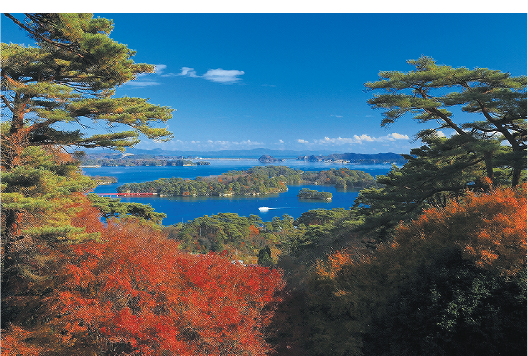

Mesmerized by Takizakura in Miharu
The huge weeping cherry blossom tree over 1,000 years old, called Takizakura, a symbol of Miharu Town, has been designated a National Natural Treasure, and is considered one of the Three Most Beautiful Cherry Blossom views in Japan. Numerous light pink blossoms on the weeping branches stretching in four directions look just like waterfalls. It looks gorgeous and beautiful from all directions, which is overwhelming.


Climb up a mysterious corridor of Aizu Sazaedo
Aizu Sazaedo is a tower built in 1796 with a double-helix structure, which is rare worldwide. The tower was designed so that visitors won’t have to pass each other to ensure their safety in the tower.
Once you step inside, you will find a single spiral slope going up. As you go up, you will lose your sense of balance and feel funny…

Kanto Area

See plum blossoms in Kairakuen Garden
Kairakuen Garden in Mito City was created in 1842, and is one of the Three Great Gardens of Japan. It is famous as a plum blossom viewing spot. In February and March, you can enjoy plum blossoms on as many as 3,000 plum trees of about 100 kinds.
Kairakuen Park, which includes the plum trees and adjacent Lake Senba, is one of the largest parks in the world.
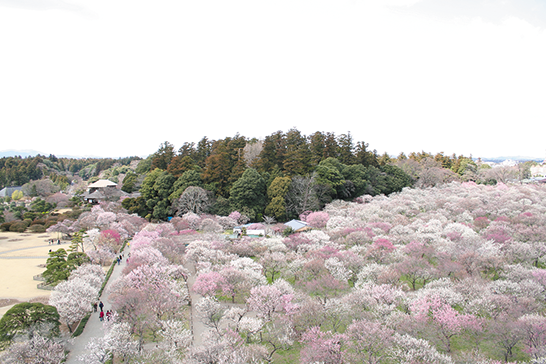

See the fully-blooming red spider lilies at Kinchakuda
Kinchakuda in Hidaka City is famous for having a big colony of higanbana (spider lilies). During the blooming season, which starts around mid-September, you can see a fantastic scenery of the lilies, which look like a bright red carpet on the ground, through the wooden area. With the Koma River flowing next to the colony, it is really pleasant to take a walk while listening to the sound of the stream!



Explore the mysterious space at Oya History Museum
Tochigi Prefecture is famous as a producer of Oya stone, which is preferred as a building material.
Oya History Museum is a place to learn the history of this stone. The underground mining site of the museum is a huge space of about 20,000 sq. m., making you feel like you are in an ancient palace in a video game.
The space, where you can hear a sound resonating far into the dim-lit darkness, is really mysterious and even makes you feel a kind of beauty.
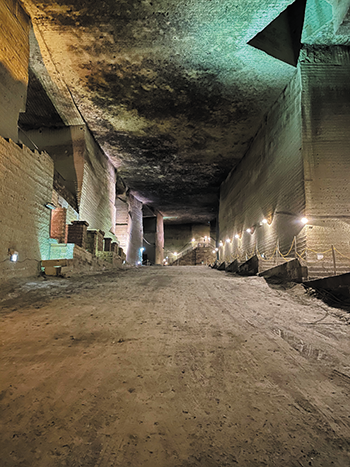
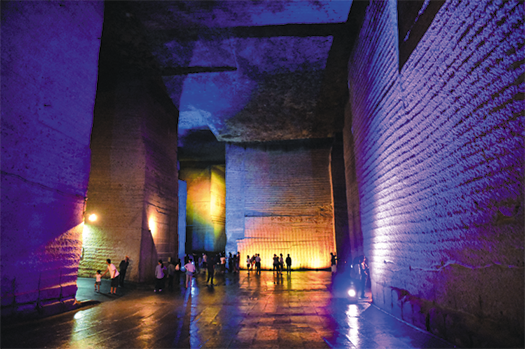

Eat Nikko’s specialty Japanese dessert
One of the famous specialties of Nikko is yuba, made with soy-bean milk. There are various ways to eat yuba, and I especially recommend a dessert version of yuba, deep-fried yuba manju. The crispy texture of the deep-fried batter and salty-sweet taste on the surface with a hint of rock salt are just addictive!
This yuba sweet is available at Nikko Sakaeya, right outside Tobu Nikko Station.


Feel the power of onsen at Kusatsu Onsen
Having the largest amount of natural spring water discharge in Japan, Kusatsu Onsen has been said to be highly effective against all kinds of ailments and has served as a medical spa. Directly fed from the hot spring source, the pleasant high-temperature spring water lets you feel the power of hot spring water once you immerse yourself into it!
It is also interesting to learn about unique onsen culture, such as “yubatake” and “yumomi,” which are measures for cooling down the high-temperature spring water from the source.
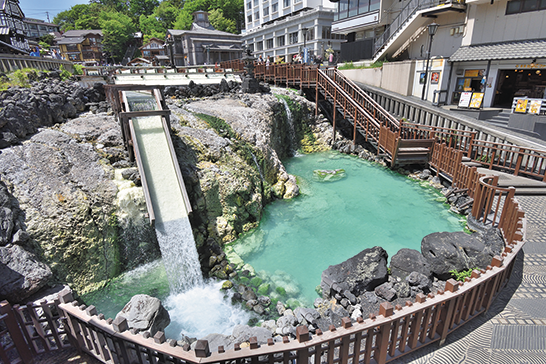
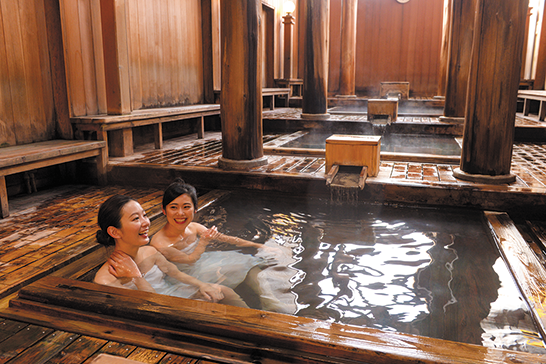
If you look for a drop-in hot spring, Otakinoyu is fine. It will make your skin nice and smooth!

Walk around an exotic town in Yokohama
Yokohama has many places with an exotic atmosphere, such as Yokohama Red Brick Warehouse and Yamashita Park. If you go to Chinatown, the nearest station is Motomachi-Chukagai Station; however, it is recommended to get off at Bashamichi Station with its classic and calm atmosphere and walk through the town.


Visit “power spots”in Enoshima
One of the most popular spots on the Shonan Coast is Enoshima Shrine in Enoshima. Comprising three shrines, Hetsumiya, Nakatsumiya, and Okutsumiya, enshrining three deities, this shrine is famous for answering prayers for various things, such as success in romance, finance, and the arts. It will take close to one hour to visit all of them. After that, you may feel tired but the great view of the ocean and mountains will rid you of fatigue!
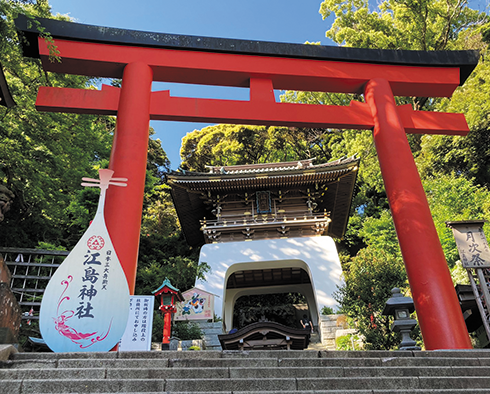
The front approach to the shrine is lined with many cafes, restaurants, and souvenir shops, so I really enjoy walking along the path while eating a snack from one or more of them!

See the fish at natural aquarium “Katsuura UnderSea Park”
See the fish at natural aquarium “Katsuura UnderSea Park” Facing the Pacific Ocean, Katsuura UnderSea Park has an underwater observatory eight meters below the sea, from which you can see inside the ocean through a window.
You can observe fish swimming around while feeling as if you are exploring in the ocean yourself. Depending on the weather and season, you can see different kinds of fish.
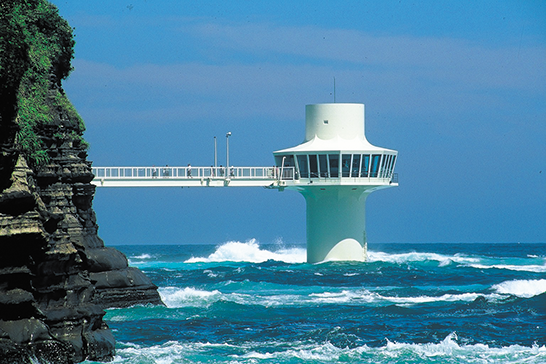
I was very impressed that I could see such a great world of ocean in only 90 minutes by limited train from Tokyo!

Visit the house of “Prince Tokugawa,” who travelled in Europe
Located in Matsudo City, which can be accessed in 30 minutes by train from Tokyo, “Tojotei House” used to be the house of Tokugawa Akitake, the younger brother of Tokugawa Yoshinobu, the last Shogun of the Tokugawa shogunate. Along with the garden, it is now open to the public as a National Cultural Property. Sent by the government to the International Exposition of 1867 in Paris, Akitake had lots of experience with Europe.
You can see how he created such a peaceful space with a fusion between Japanese tradition and Western tastes.
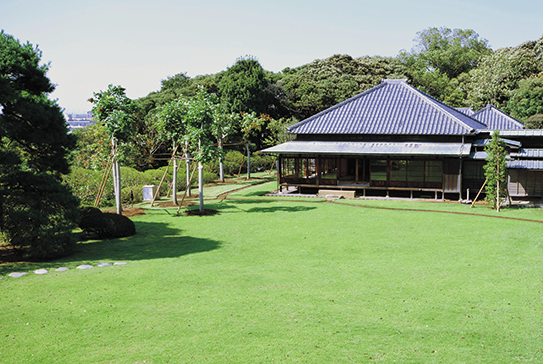
About att.JAPAN
The magazine att.JAPAN is for non-Japanese visiting from overseas and those residing in Japan. This quarterly magazine written in English, Mandarin, and Korean offers a wide range of information about Japan—from travel and sightseeing to various aspects of traditional culture and the latest trends. The magazine is distributed at major airports, hotels, and tourist information centers throughout Japan.
https://att-japan.net/en/
Facebook: att.JAPAN
Instagram: att.japan
